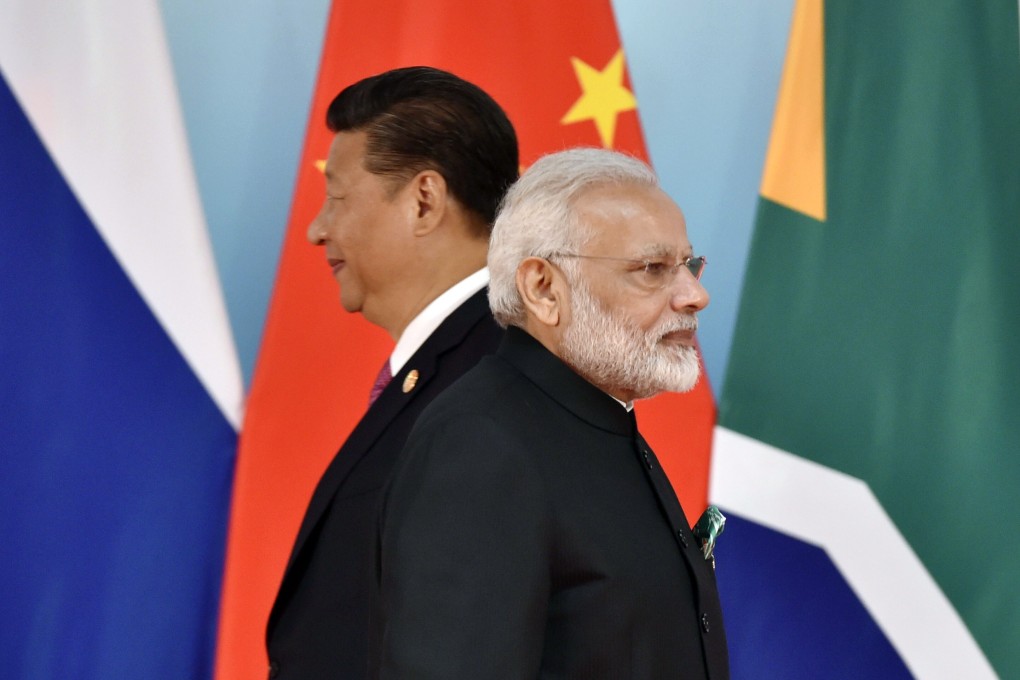As I see it | China-India border dispute: history shows solution may lie with Xi Jinping and Narendra Modi
- Neither side is likely to make territorial concessions in the stand-off over their Himalayan border
- But Beijing and New Delhi have been here before, and it may require the top leaders to act, as was the case in 1987 and 2017

The 1987 stare-down in Arunachal Pradesh’s Tawang district, which China claims as part of Tibet, was the biggest military face-off since 1962. The world’s two most populous nations almost went to war over a row about infrastructure building after diplomatic and military talks failed to calm matters. It wasn’t until the top leaders intervened, after nearly a year, that both sides agreed to step back.
It then took years to complete disengagement and restore the status quo in the mid-1990s.
During his subsequent ice-breaking trip to China in 1988, former Indian prime minister Rajiv Gandhi changed India’s decades-old stance of linking the border with overall ties. It ushered in more than a decade of peace along the unmarked frontier.

06:15
Who has the upper hand in the India-China border dispute?
